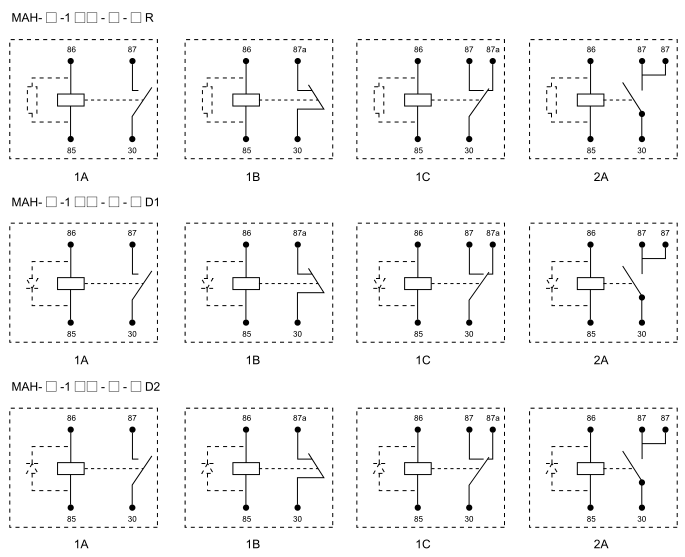understanding the relay circuit: an essential component in automation and control
Release time:2025-11-15 15:11:24
A relay circuit is a fundamental electrical component used extensively in automation systems and electrical control circuits. It acts as an electrically controlled switch, enabling a low-power control signal to manage a higher-power load. Relays are integral in applications ranging from household appliances to complex industrial machinery, ensuring both functionality and safety. In this article, we will explore the working principle of a relay circuit, its types, applications, and why it is an essential tool in modern electrical systems.

What is a Relay Circuit?
A relay is essentially an electromagnetic switch, designed to control a circuit by opening or closing contacts. It consists of a coil (electromagnetic component), an armature, a spring, and one or more sets of contacts. When current flows through the coil, it generates a magnetic field, causing the armature to move and change the state of the contacts, either opening or closing them.
There are two primary types of contacts in a relay:
Normally Open (NO): The contacts are open when the relay is not energized, and they close when the relay coil is activated.

